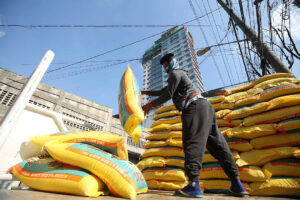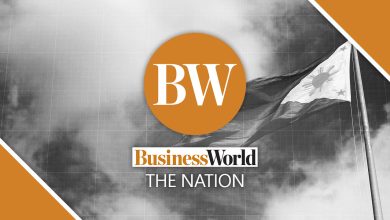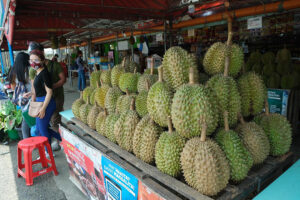Philippines’ bulk prices slow in August

The Philippines’ bulk prices eased year-on-year in August due to the high base effects of global crude oil prices last year, while a weaker peso and storm damage in July drove month-on-month growth, the Philippine Statistics Authority (PSA) said on Friday.
General wholesale price index (GWPI) preliminary data from the PSA showed the country’s bulk prices eased by 5% in August from 7.6% in the same month last year. However, on a monthly basis, the rate in August was higher than July’s 4.5%.
The growth matched May’s figure and was the highest in six months or since the 6.8% growth seen in February.
Year to date, GWPI averaged 5.1%, which is slower than the 7.3% recorded in the same period a year ago.
All island groups posted slower GWPI in August this year compared to a year ago, with Luzon easing to 5% from 8%, the Visayas to 4.2% from 6.2%, and Mindanao to 3.4% from 4.3%.
Rizal Commercial Banking Corp. Chief Economist Michael L. Ricafort said that the slower uptick in wholesale prices can be attributed to higher base effects of global crude oil prices in August last year, which reached $89 levels compared to the $83 levels of August this year.
“However, wholesale prices were faster than 4.5% a month before (July 2023) due to higher global crude oil prices since July 2023 after the output cuts by Saudi Arabia and Russia to support world crude oil prices and prevent them from going down further,” he said in an e-mail.
Mineral fuels, lubricants, and related materials contributed to the slower GWPI in August as it decreased by 6.8%, a turnaround from the 38.5% growth seen in August 2022.
This was followed by food commodities which eased to 7.9% from 12.4%, and beverages and tobacco which eased to 6.2% from 8.9%.
Commodities that logged faster growth were miscellaneous manufactured articles (4.4% in August this year compared to 2.8% from August 2022), manufactured goods classified chiefly by materials (5.3% from 3.9%), and crude materials, inedible except fuels (-4.9% from -5.8%).
Mr. Ricafort said that the monthly growth increased because the peso’s value dropped from P54.88 in July to P56.595, making imported items more expensive during that month.
During the latter part of July, the country was hit by two typhoons (Doksuri and Khanun) leaving parts of the country flooded.
Mr. Ricafort said that damage caused food prices to rise, especially for vegetables and farm products. The increase in rice prices, even with limits in place, also played a role in the overall price rise for August.
For the coming months, Mr. Ricafort said that prices could pick up due to seasonal factors as the Christmas holiday season comes closer. The uptick in the third quarter as sectors prepare for seasonal demand can also lead to higher bulk prices.
Moreover, upticks are expected from the increase in the minimum transport fares effective Oct. 8, 2023, and wage adjustments from other regions, possibly leading to a second-round inflation effect.
“As a result, higher inflation could still lead to some increase in policy rates that could also add to borrowing costs/financing costs at the wholesale level, thereby weighing on demand, investments, and other business/economic activities,” Mr. Ricafort said. — Bernadette Therese M. Gadon




